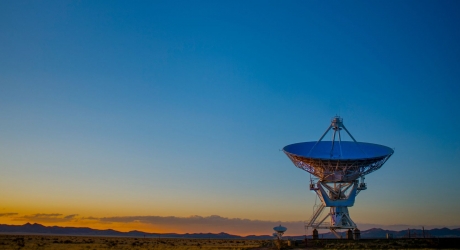It has generally been held, since the time of Charles Darwin (1809 --1882), that the present earth came into existence in the form of lifeless matter and that life began on it later through an evolutionary process. It is on this assumption that the theory of evolution has been based. It has thus been postulated that the emergence of life on earth dates back 570 million years. Since World War II this theory has come in for sharp criticism. Numerous researchers have demonstrated that, had life evolved gradually, the estimated period of 570 million years would have been grossly inadequate. Even the total period of the earth's age is not enough for life to have undergone a process involving three different stages culminating in the highest species called man. Recently a symposium was held in Moscow on August 9, 1984, under the auspices of the 27th International Geological Congress.
On this occasion, a Russian scientist, Boris Sokolov, presented a highly significant research paper. Based on purely mathematical and scientific data, it showed that 4000 million years ago, earth and life came into being simultaneously. (Hindustan Times, August 11, 1984). Thus the contemporaneity of earth and life demolished the whole foundation of the doctrine of evolution. The upholders of the theory of evolution are faced with two difficulties. If they accept the theory that life and earth came into being simultaneously, proof of an evolutionary process is precluded. If they hold the theory that the earth came first and life evolved gradually, they cannot explain away the fact that the period which elapsed between the coming into existence of the earth and of all forms of life is simply too short for this evolutionary process to have taken place.








